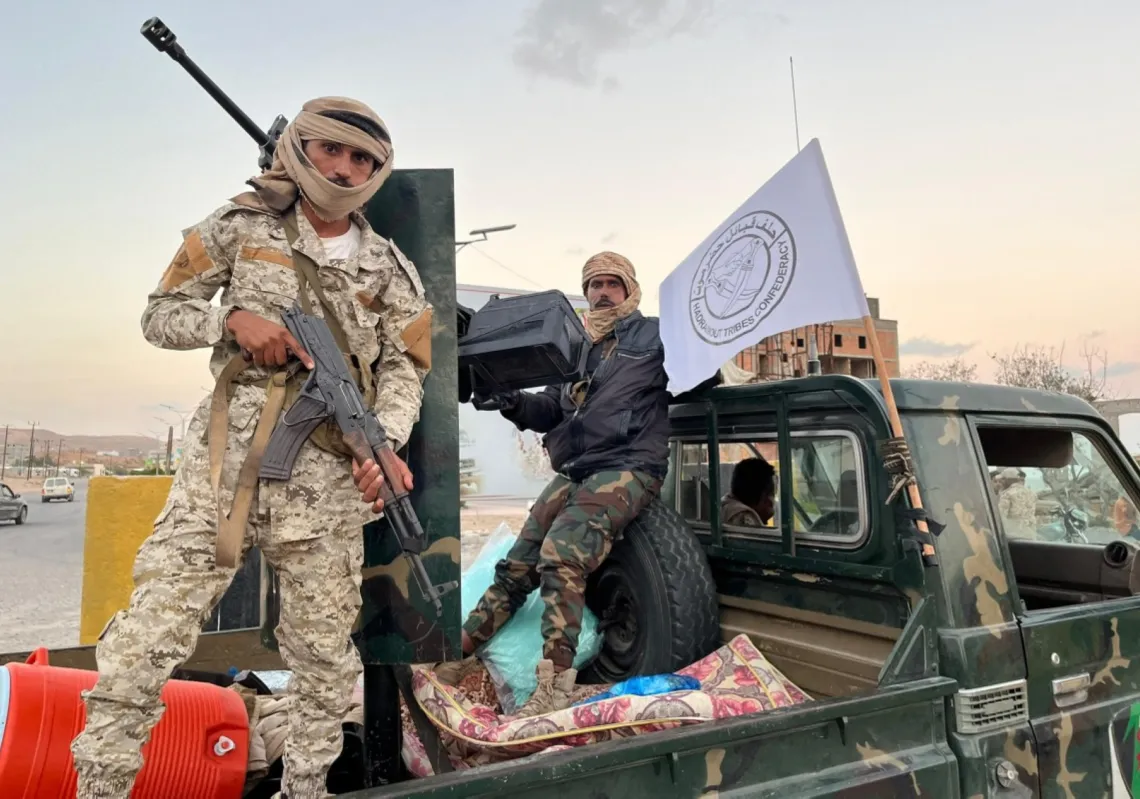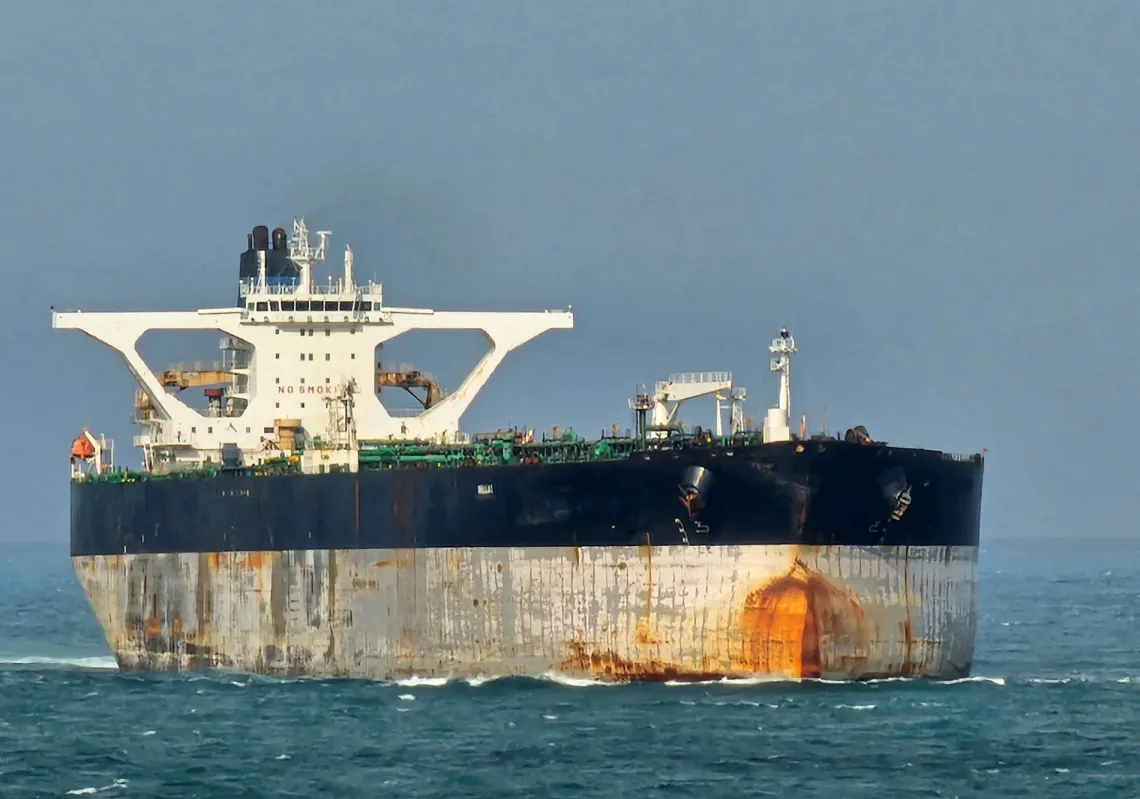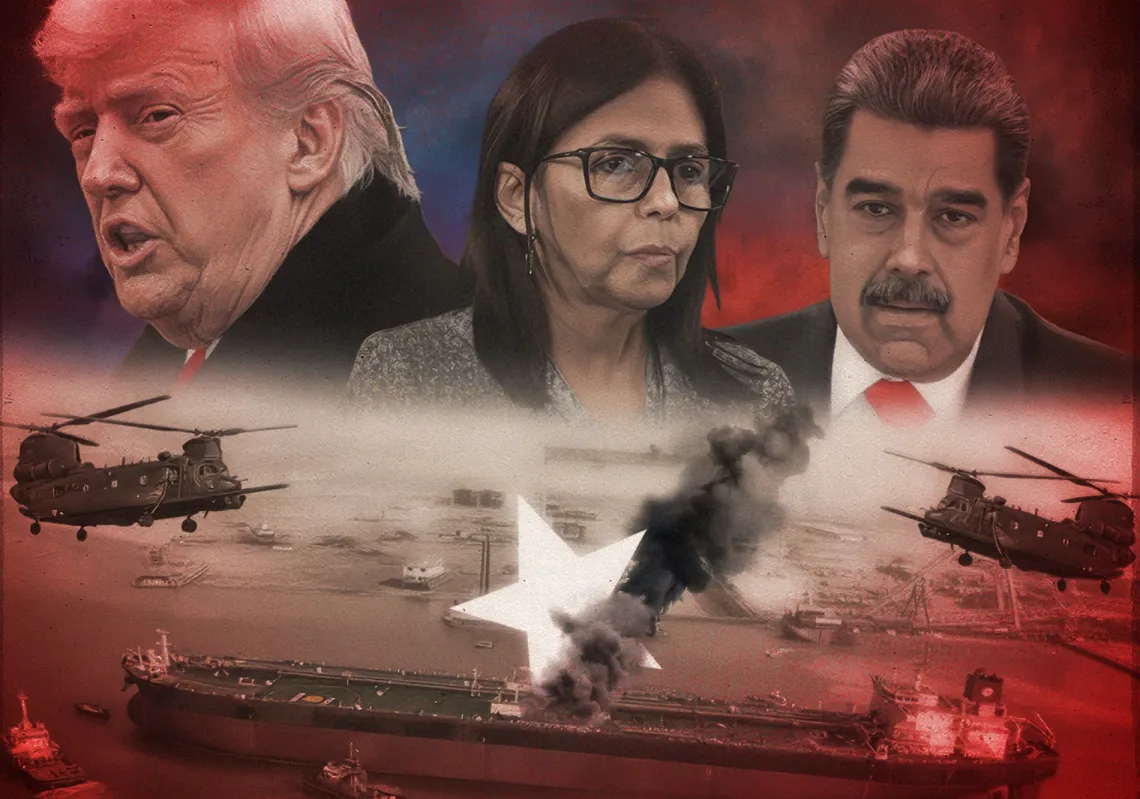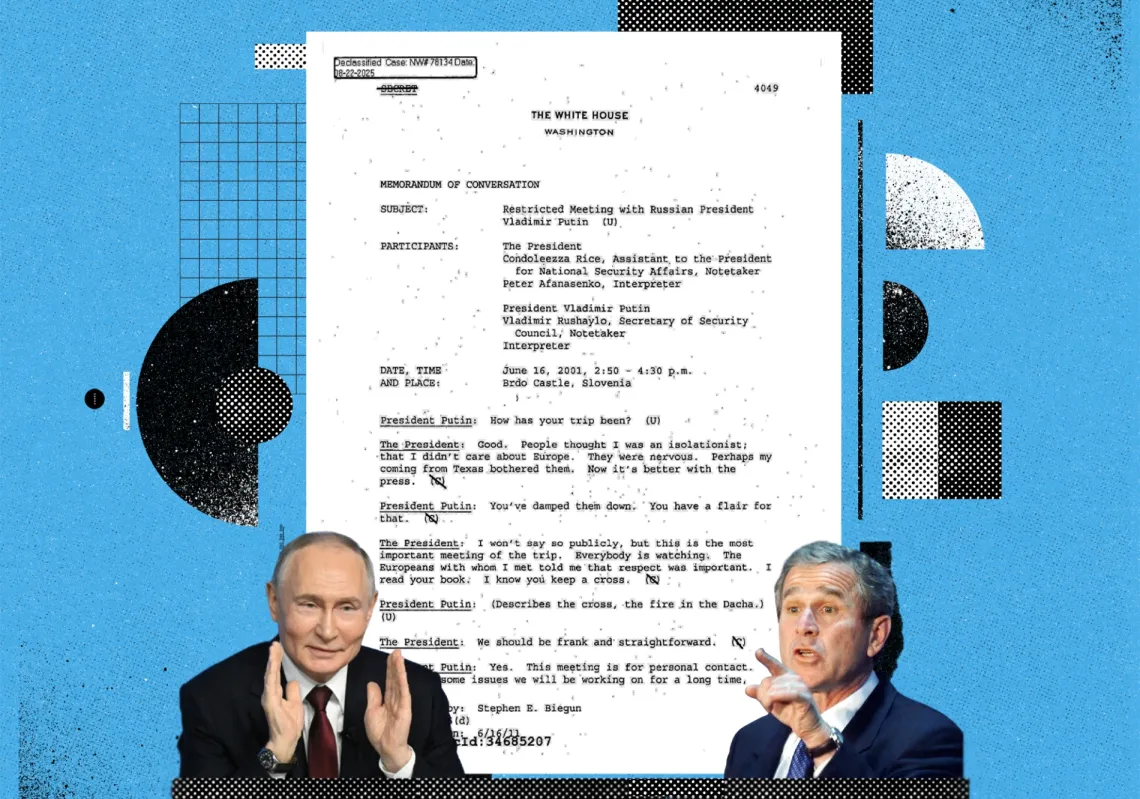Lebanon’s first experiment with statehood began in 1943 with its independence from France. That arrangement lasted about 25 years before the state lost its grip on both sovereignty and internal order, succumbing to regional interference, civil strife, and the rise of non-state actors. Today, 82 years later, Lebanon finds itself at a pivotal moment: a rare second chance to reclaim its sovereignty, rebuild its institutions, and chart a new national course.
This moment is made possible by two transformative developments. First, the crippling of Hezbollah’s military and political dominance, which had undermined the Lebanese state for three decades. Second, the collapse of the Assad regime in Syria, which for over 50 years had exercised a suffocating influence over Lebanese affairs. With these two constraints weakened or removed, the Lebanese state can now reassert itself—if it has the will and capacity to do so.
General Joseph Aoun was elected President on 9 January 2025. One month later, on 8 February, a reformist government was formed under Prime Minister Nawaf Salam. Now, well over 100 days into their respective mandates, this new leadership is beginning to tackle the enormous tasks of restoring sovereignty, rebuilding governance, and reviving the economy.

South of Litani: substantial progress
One of the most significant achievements so far has been the Lebanese Armed Forces' (LAF) deployment south of the Litani River—territory long dominated by Hezbollah. This follows the Cessation of Hostilities (CoH) agreement reached in November 2024 between Lebanon and Israel, mediated by the US. Under the terms of the deal, Hezbollah agreed to hand over its positions and weapons south of the river, allowing the LAF to reestablish control over this critical region.
This marks the first time since the late 1960s that the Lebanese state has exercised meaningful authority in the south. Although the process is not yet fully complete, and Hezbollah has not been fully dislodged from the area, progress has been substantial.
A key impediment remains: Israel continues to occupy five points within Lebanese territory, in violation of the agreement. As the LAF consolidates control, US mediation will be crucial to press Israel to complete its withdrawal and fully implement the agreement.
North of Litani: a harder task
North of the Litani, the challenge is more complex. Both the president and prime minister have committed to reasserting the state’s monopoly over the use of force. This includes two tasks: the disarmament of Palestinian factions in refugee camps and the disarmament of Hezbollah.
In May, Palestinian Authority President Mahmoud Abbas visited Beirut and agreed to initiate the disarmament of Palestinian factions. The process is set to begin in camps where Fatah has influence, primarily in Beirut. However, in camps dominated by Hamas, Islamic Jihad, and other groups, the path forward will be more challenging.
With regard to disarming Hezbollah north of the Litani—particularly of its heavy and medium weapons—the president promised that this would begin in earnest this year, and that it would be achieved not by force but in negotiation with the group.
As the second half of the year unfolds, Hezbollah’s leadership has become increasingly vocal that they will not give up their weapons. It is understandable that the state prefers a political solution to the problem, although voices are rising in the country that if Hezbollah does not disarm by choice, the state has to start taking action by imposition of force.

Hezbollah's endgame?
It is still not clear what Hezbollah’s endgame is. First, the group lacks a dominant domestic leader, but rather leadership is being contested among various figures and factions; this makes bold and clear decision-making more difficult. Second, with the decapitation of Hezbollah’s original leadership, most major decision-making is being guided by the Iranian embassy and the IRGC.
So far, the Iranians have not used their dominant influence to press Hezbollah toward disarmament and integration into the Lebanese state, but rather seem to prefer Hezbollah to preserve whatever arms it has left either as a continued weak counterbalance against Israel or be used against the new regime in Syria, or as a bargaining chip that they could use in future talks with the US.
At the same time, Israeli actions are unhelpful. By refusing to withdraw from the points they continue to occupy in the south and undertaking nearly daily strikes in Lebanon, Israel is making Hezbollah’s case for it: that the Lebanese state cannot liberate Lebanese territory, nor can it defend the country’s sovereignty against regular military attack.
Hezbollah is well aware that their military position in Lebanon has been devastated and is unlikely to be rebuilt, and they are also well aware that money for reconstruction of their constituents’ towns and villages will not be forthcoming until they disarm. The president is still hoping to find a negotiated way forward, but pressure is mounting on the Lebanese state, both internally and internationally, to delay no longer and to take clear steps to begin the process of disarming Hezbollah.
New possibilities for Lebanon-Syria relations
The collapse of the Assad regime in December 2024 has opened new possibilities for Lebanon-Syria relations. While most Lebanese welcomed the end of Bashar al-Assad’s rule, Hezbollah and its allies did not. Nevertheless, Lebanon’s new government has pursued a cautious diplomatic opening with Syria’s new president, Ahmed al-Shaara. Prime Minister Salam visited Damascus earlier this year, signalling a willingness to engage constructively.
But tensions remain. Lebanon wants to facilitate the return of more than 1.5 million Syrian refugees and develop mutually beneficial political and economic relations. Syria, while sharing these goals, has its own concerns: suspicions that remnants of Hezbollah and the Assad regime are conducting destabilising operations from Lebanese territory, demands for the repatriation of detainees and suspects, and grievances over billions of dollars in Syrian capital lost in Lebanon’s banking collapse.
Both sides are also grappling with the need to reassert control over long-standing smuggling routes along their shared border. Establishing a functional bilateral relationship will be essential not only for security but also for regional economic recovery.

Read more: Why defining Lebanon's border with Syria is so important
Financial reform
While security and sovereignty dominate headlines, Lebanon’s long-term viability hinges on its ability to reform its collapsed financial system. Since the banking sector imploded in 2019, over $70bn in deposits have been lost, and trust in public institutions has plummeted. The new government’s credibility rests on whether it can deliver real accountability and systemic reform.
Three cornerstone laws anchor the reform agenda:
Bank Secrecy Reform: This law, already passed, lifts decades-old bank secrecy protections and allows for forensic audits of financial mismanagement.
Bank Restructuring Law: Now before parliament, this law establishes mechanisms to evaluate the viability of Lebanon’s banks and mandates closures, mergers, or other interventions where necessary.
Loss Allocation Framework: Soon to be submitted, this critical legislation outlines how the $70bn in losses will be distributed among the state, the central bank, private banks, and depositors.
These reforms have triggered fierce resistance. Influential sections of Lebanon’s financial elite—closely linked to political parties and media institutions—are lobbying intensely to delay or dilute these laws. The fight for financial accountability may ultimately prove more difficult than the campaign to disarm Hezbollah. But it is just as vital for the country's future.

Regional and international support
The regional and international community has responded positively to Lebanon’s new trajectory. After decades under Syrian and Iranian suzerainty, both of whom invested in maintaining a broken Lebanese state and a strong Hezbollah proxy, Lebanon now has friends in the Arab Gulf, Europe and the US. These actors share an interest in seeing Lebanon emerge as a sovereign, stable, and economically viable state.
That support, however, is conditional. Lebanon must complete its internal homework—both in terms of security and economic reform—before it can fully rejoin the international community. If successful, this new alignment could unlock substantial reconstruction assistance and investment, potentially laying the foundation for a new era of growth.
Lebanon’s future is also linked to the outcome in Syria. A stable and functional Syrian state would be an essential partner in Lebanon’s recovery; renewed instability in Syria would represent a major setback. Bilateral coordination—and a pragmatic relationship between Beirut and Damascus—will be critical in the years ahead.
To the south, Lebanon’s efforts to disarm Hezbollah and assert state control will also require American diplomacy to ensure Israeli compliance with the CoH agreement. Lebanon has also made clear that as part of the Arab peace initiative of 2002 and its parameters, it is open to peace with Israel. In effect, today, this means that if Saudi conditions for peace with Israel are met—and these pivot over the end of the Gaza war and a solid pathway to Palestinian statehood—then Lebanon would be able to follow suit.














